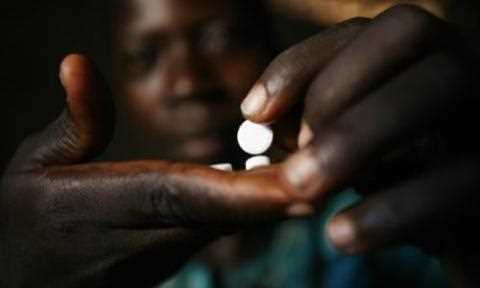
Munyaradzi Doma
She cannot control the tears. For a long time she has been living a lie. Now her mother is no longer there to answer the many questions she has.
Ruva had been sickly for some time when the nurses advised that she takes one test. The aunt that she lives with did not object.
The results said she was HIV positive. The 15-year old virgin could not understand that. She broke down into tears.
Then her aunt, sister to her mother, explained the whole story. Ruva was born to a mother, who was HIV positive and knew her status.
The little infant tested positive for HIV and was immediately initiated into anti-retroviral therapy (ART).
However as Ruva grew older the mother told her that the daily medication was for a chronic ear infection.
Then the mother died and Ruva went to live with her aunt.
Thinking that she had been healed of the 'ear infection', Ruva stopped taking the medication. That was when her general health condition started deteriorating.
And the nurses eventually suggested an HIV test. The aunt who knew Ruva’s HIV status was relieved to have everything come out in the open:
"I used to ask my sister why she kept on misleading Ruva and she said she feared resentment from her daughter. She also said she could not stand the stigma and discrimination that her daughter would be subjected to if it were known that she was taking ART.
"I knew a day like this would come when this would all be revealed and I hope Ruva will not decide to default on her medication now that she knows what’s it is for," said Ruva's aunt.
Ruva and the other thousands of children need an HIV cure so they can live normally without facing the challenges of depending on adherence to ART.
Speaking at a recent Science Cafe on HIV Cure Research organised by Health Communicators Forum, facilitated by Humanitarian Information Facilitation Centre funded by AVAC, Ann International AIDS Society Advocacy for Cure Research Fellow Anna Miti said a cure "is worth it."
"We have completely failed when it comes to paediatric ART, we celebrate the gains that Zimbabwe has made in terms of getting people on treatment but when it comes to children on ART, we are still lagging.
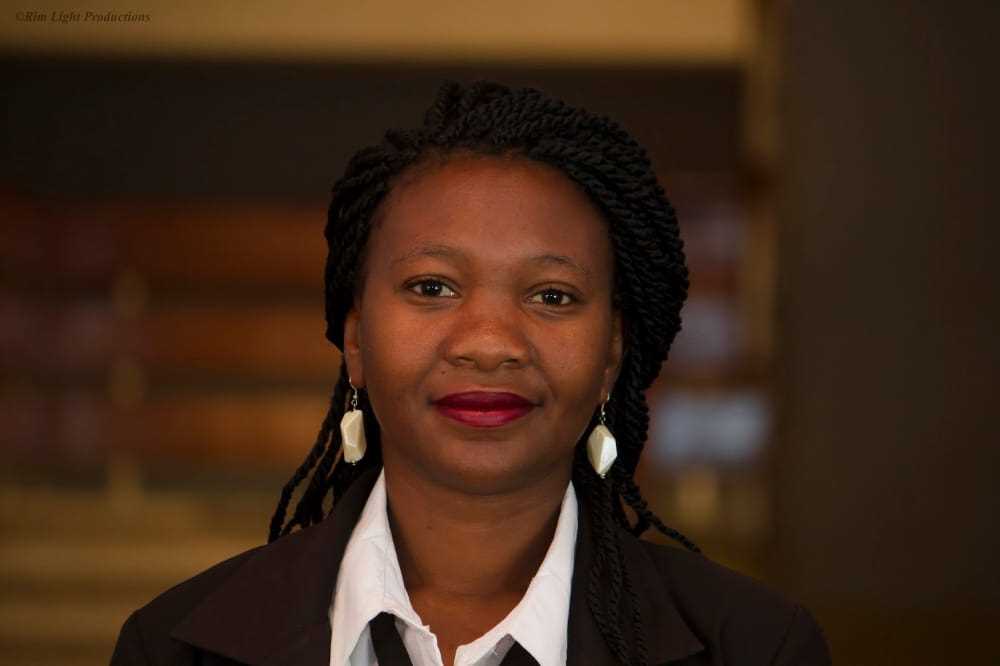
"The number is still very low so having a cure will be good for children because it means that these are children who as a society we need to take care of.
"We can't just leave it to their parents or guardians and in some cases, those guardians are not even there," added Miti.
Related Stories
Speaking during a media training in Chinhoyi, Dr Chiedza Mupanduki reported that while the country has been applauded for getting as many HIV people on ART, the numbers of children on ART coverage has remained low.
She further revealed that about 1,3 million are infected with HIV and of that number; 1,2 million are adults and the remainder are children.
It was revealed that while a total of 1,2 million people are on ART coverage; adults make up 94 percent, while the number of children was still at 71 percentage.
She said while we have ARVs which have done quite well, there is more that needs to be done hence a cure will be the best.
Presenting at the same science cafe Dr Erasmus Gwidza revealed that term “cure” refers to "strategies that eliminate HIV from a persons body, or permanently control the virus and render it unable to cause disease."
He revealed that there are two types of cure which are being researched, a traditional or classic cure which is aimed at completely eliminating the HIV virus from the body.
The other type of cure is control, which is a cure aimed at suppressing HIV viral load, keeping it below the level of detection without antiretroviral treatment (ART).
"In a control cure, the virus would be undetectable. Control cure are also referred to as “Remission” a term borrowed from the cancer field, because a person living with HIV may be undetectable for many years and then rebound/ resurface with strain of virus dormant in their body," he said.
Dr Gwidza also revealed that said having a cure has many benefits like the "reduction of health care burden, reduce cost expenditure for care, put an end to daily medications, end stigma and discrimination, improve self-esteem and mental health, end AIDS related deaths."
He also revealed that there had been successes in having a cure for children like the case of the “South African child”.
"A South African child case was reported at the IAS 2017. Born in 2007 and was diagnosed with HIV infection at one month of age and received HIV treatment for 40 weeks during infancy has suppressed the virus without anti-HIV drugs for more than 13 years.
"The “Mississippi Baby”: a child who acquired HIV via vertical transmission and started ART within hours after birth was later taken off treatment by her caregivers.
"She showed no detectable HIV for more than two years – leading many to hope she might be cured – but eventually her viral load rose and she successfully restarted treatment," added Dr Gwidza.
"We cant afford to say this is too hard, because every year there is a breakthrough.
"We cannot afford to give up, because it is worth it in the end because we are losing too many people to HIV, one loss is too much because we have people that still get sick with HIV and we have all those challenges that are associated with pill taking," said Anna Miti.
Zimbabwe is hosting the 22nd International Conference on AIDS and STIs in Africa next month. ICASA is an opportunity to push for more African research into a cure.


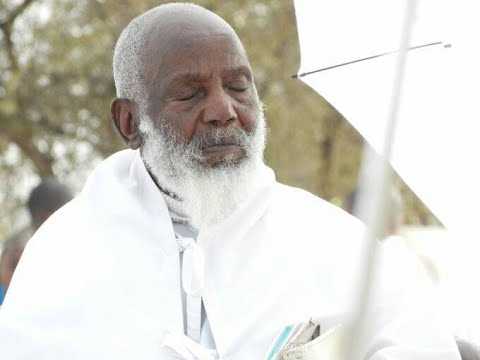


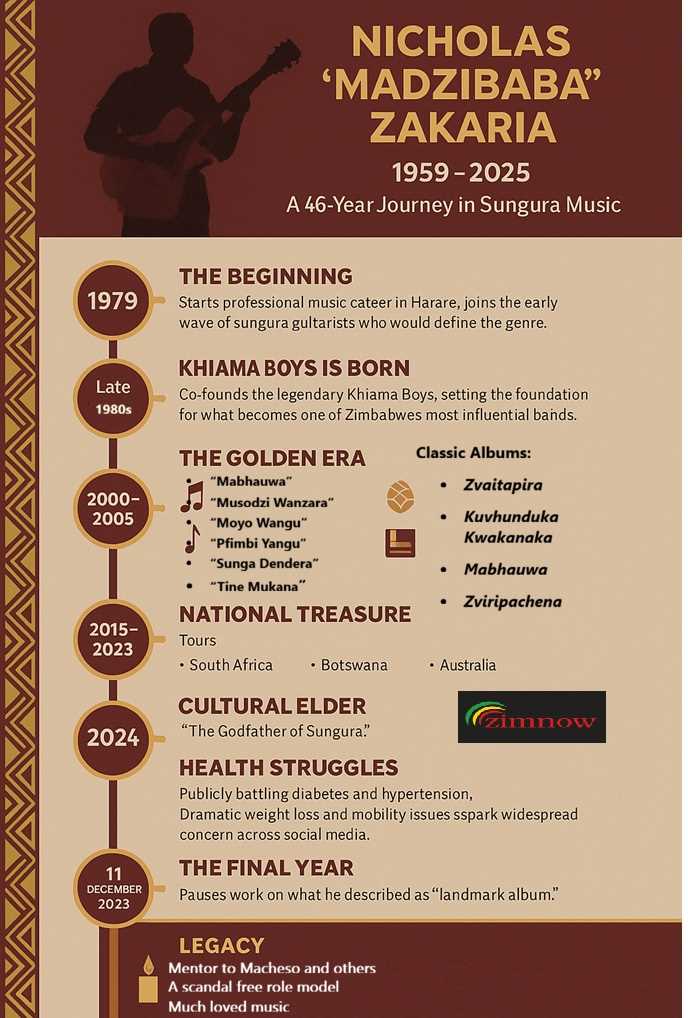









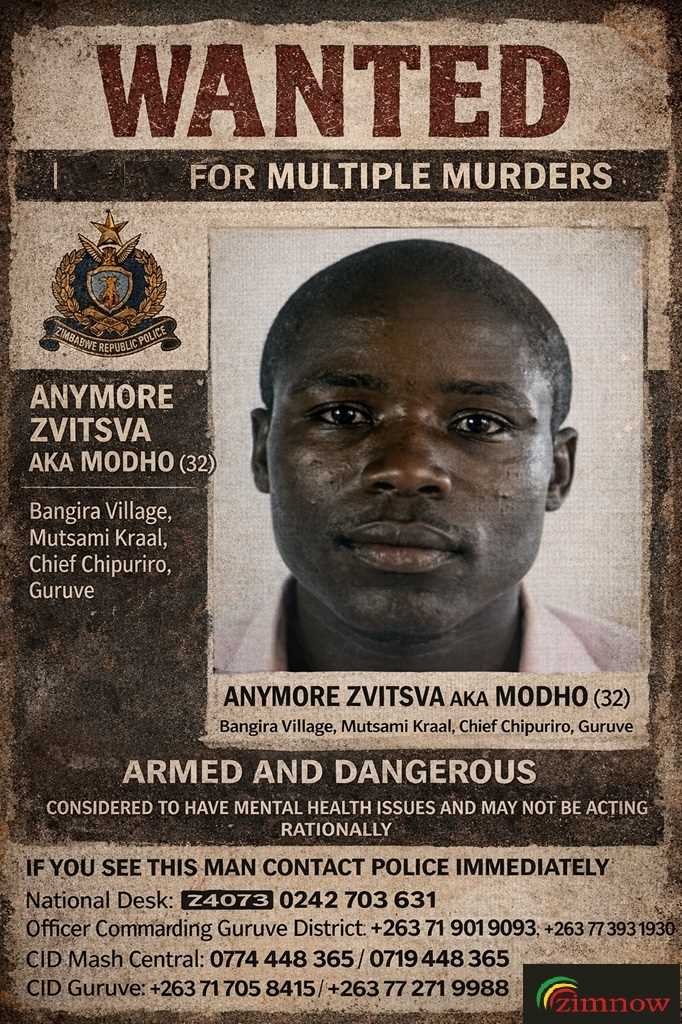

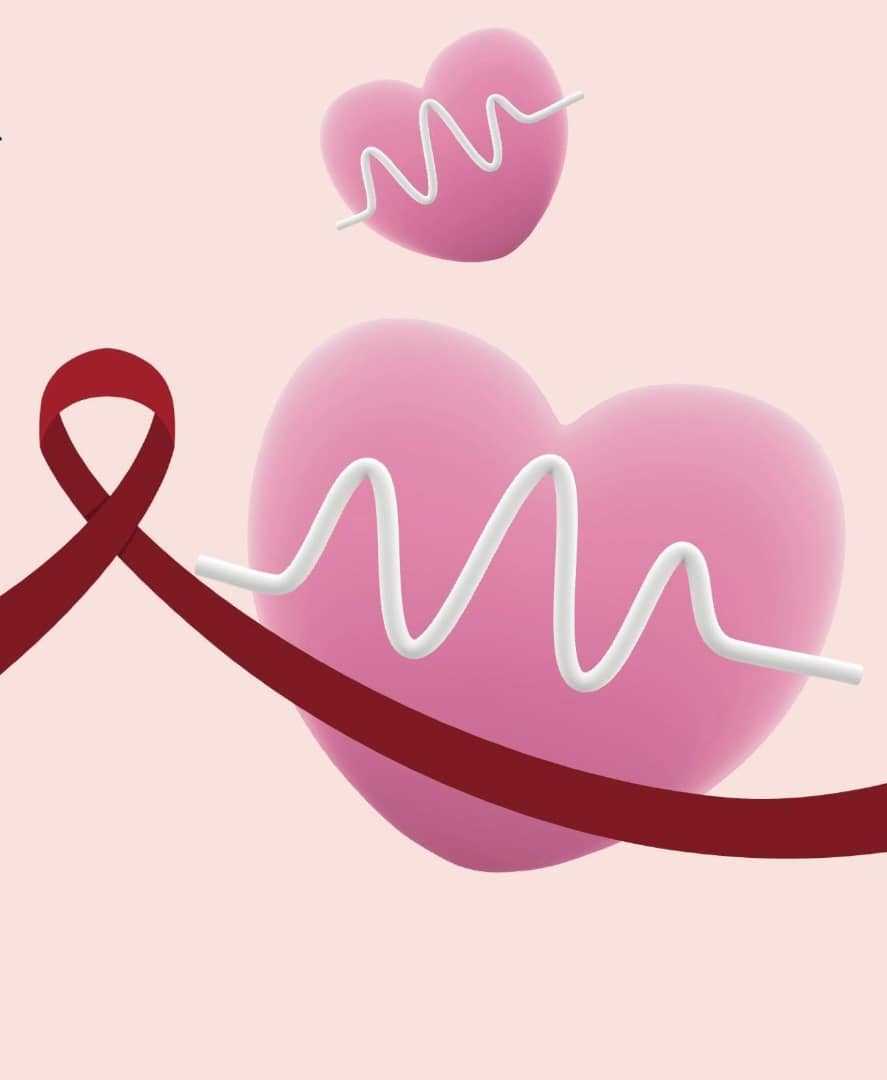


Leave Comments